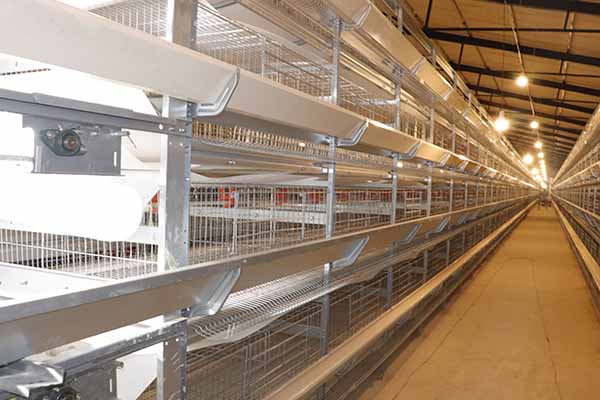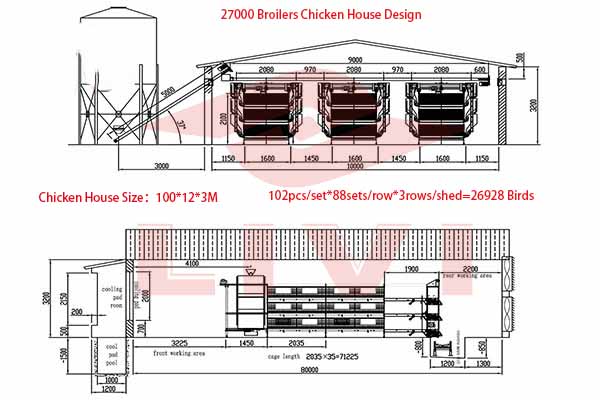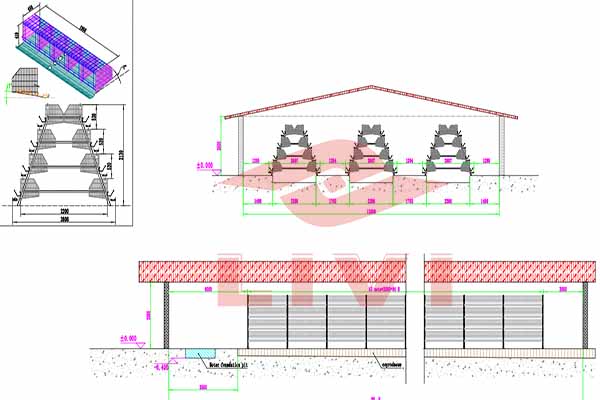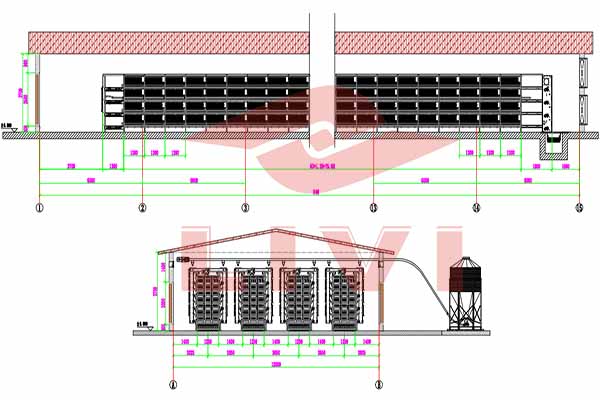Poultry House Automation for 10,000 Chickens in Zimbabwe: A Comprehensive Guide
As the poultry industry in Zimbabwe continues to grow, so does the need for efficient and automated solutions to manage large-scale chicken farms. With the capacity to house up to 10,000 chickens, an automated poultry house can significantly improve productivity and reduce labor costs. This article will explore the benefits of poultry house automation, the necessary components, and why it’s a wise investment for any chicken farmer.
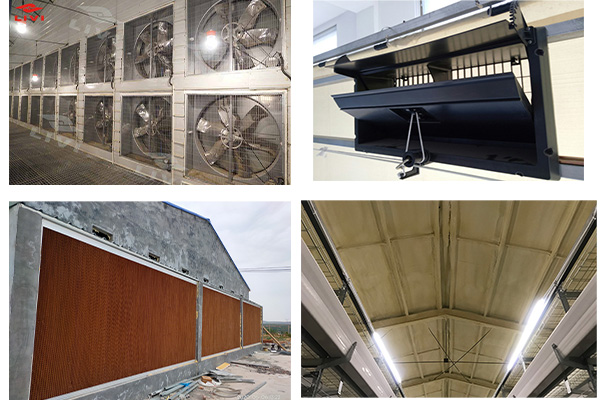
Benefits of Poultry House Automation
- Increased Productivity: Automation can help manage feeding, lighting, and temperature, leading to healthier birds and higher yields.
- Reduced Labor Costs: Automation minimizes the need for manual labor, freeing up time and resources for other farm activities.
- Improved Animal Welfare: Automated systems can create optimal living conditions, ensuring the well-being of the chickens.
- Cost-Effective: While the initial investment may be high, the long-term savings on labor, feed, and disease prevention can outweigh the costs.
Components of an Automated Poultry House
| Component | Description |
|---|---|
| Feeding System | Automated feeding systems ensure consistent and accurate feed distribution, optimizing growth rates. |
| Lighting Control | Programmable lighting systems mimic natural daylight cycles, improving egg production and bird health. |
| Climate Control | Automated climate control systems maintain optimal temperature and humidity levels for the chickens. |
| Watering System | Automated watering systems ensure a constant supply of fresh water, essential for the chickens’ health. |
| Monitoring System | Real-time monitoring allows for quick responses to any issues, such as disease outbreaks or equipment malfunctions. |
Case Study: Successful Implementation in Zimbabwe
One of our clients in Zimbabwe successfully implemented an automated poultry house for 10,000 chickens. By integrating the above components, they experienced a 20% increase in productivity and a 15% reduction in labor costs. The system also enabled them to monitor the health of their birds more effectively, resulting in fewer disease outbreaks.
Here are some key statistics from their implementation:
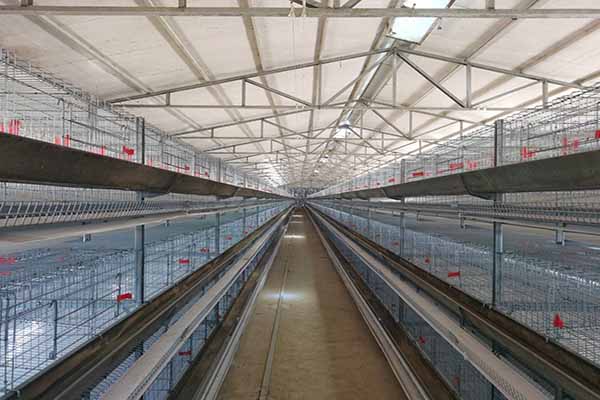
- Feeding Efficiency: Improved from 90% to 95%
- Egg Production: Increased by 18%
- Health Index: Improved from 70% to 85%
These results demonstrate the potential of poultry house automation in Zimbabwe and its positive impact on farm profitability.
Conclusion
Investing in poultry house automation for a 10,000-chicken farm in Zimbabwe can lead to significant improvements in productivity, cost savings, and overall farm efficiency. If you’re considering automating your poultry house, contact us today for a free, tailored design and equipment quotation.
